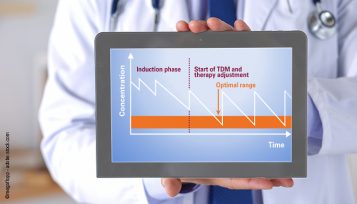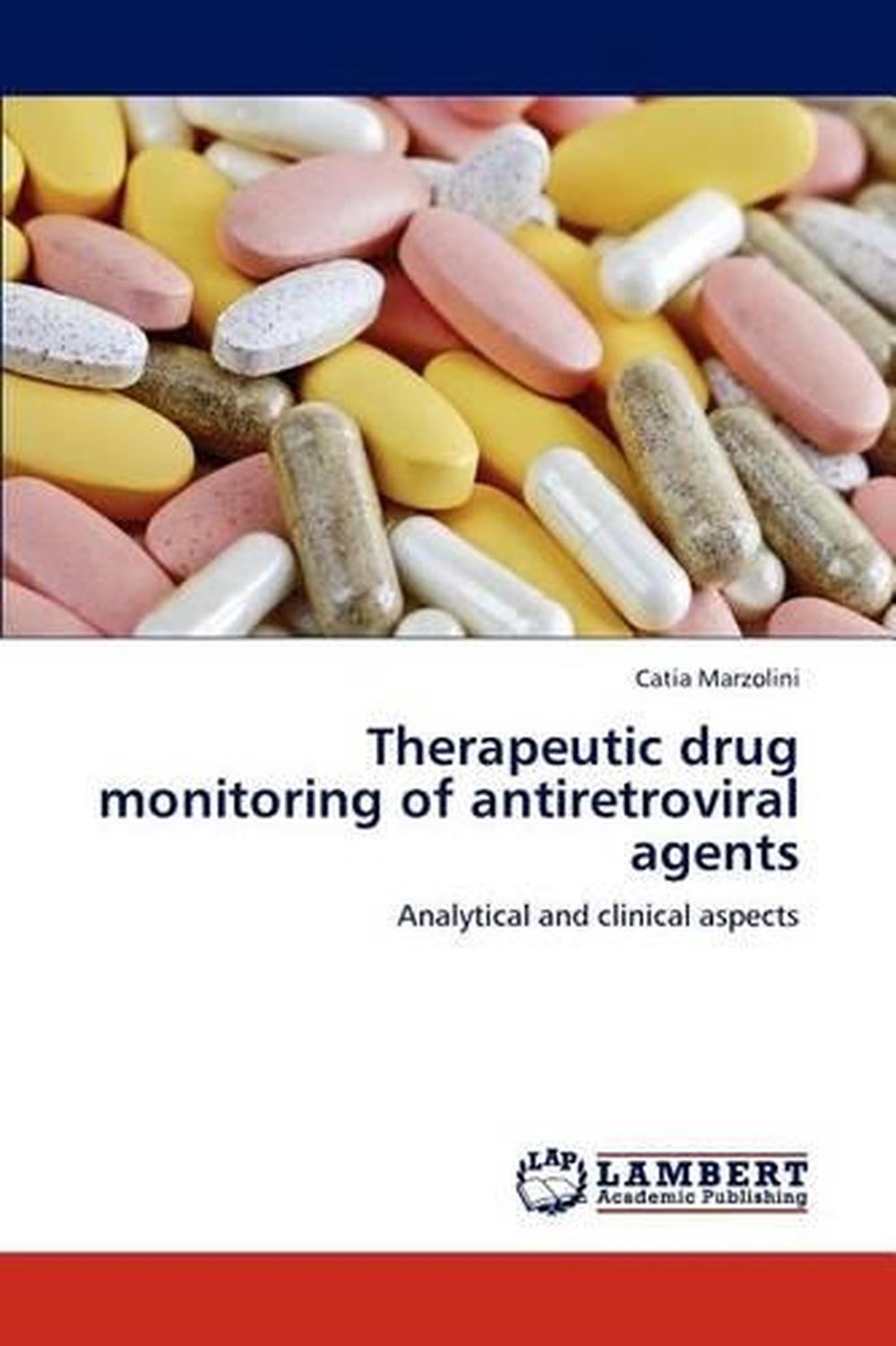
I would love to know what anyone thinks of this.Massimiliano Marini 1*, Lodovica Videsott 1, Chiara Francesca Dalle Fratte 2, Andrea Francesconi 3, Eleonora Bonvicini 1, Silvia Quintarelli 1, Marta Martin 1, Fabrizio Guarracini 1, Alessio Coser 1, Pier Paolo Benetollo 2, Roberto Bonmassari 1 and Giuseppe Boriani 4 In my mind, the occasion that "bought the bed" was the need for monitoring for adverse effects of Tikosyn and Mirtazapine in combination, of which none occurred, so essentially, the adverse effects were "ruled out". Since the patient did not have any QTc prolongation, PVCs or bradycardia or ventricular arrhythmias, I do not feel that any of those should be coded as the Pdx, as they were not relevant since they did not occur. I feel like Z03.6 fits the situation better. This category is also for use for administrative and legal observation status."


#THERAPEUTIC DRUG MOINTIRING IVCD 10 CODE#
The code book states in an Includes note under Z04, "This category is to be used when a person without a diagnosis is suspected of having an abnormal condition, without signs or symptoms, which requires study, but after examination and observation, is ruled-out. There is also Z04.89 Encounter for Examination and Observation of other specified reasons. Which has a note below it stating, "Encounter for observation for suspected adverse effect from drug" should be coded. I felt that Z03.6 Encounter for observation for suspected toxic effect from ingested substance ruled out. I have a similar case and the coder wants to code PVCs because that is why the patient is on Tikosyn, but he was admitted because Psych wanted to add Mirtazapine and this is what my thought was: If the reason for the encounter is more than one type of antineoplastic therapy, code Z51.0 and a code from subcategory Z51.1 may be assigned together, in which case one of these codes would be reported as a secondary diagnosis. These codes are to be first-listed, followed by the diagnosis code when a patient’s encounter is solely to receive radiation therapy, chemotherapy, or immunotherapy for the treatment of a neoplasm. Exceptions to this rule are codes Z51.0, Encounter for antineoplastic radiation therapy, and codes from subcategory Z51.1, Encounter for antineoplastic chemotherapy and immunotherapy. The diagnosis code is to be used in these cases. The aftercare Z code should not be used if treatment is directed at a current, acute disease. You may wish to review pg 99 of the Official Coding Guidelines, indicating the code you reference is in the Z51 Series , used to report 'Aftercare" and the guidelines state are not to be used 'if treatment is directed at a 'current, acute disease"Īftercare visit codes cover situations when the initial treatment of a disease has been performed and the patient requires continued care during the healing or recovery phase, or for the long-term consequences of the disease. If anyone knows of any coding guidelines/rules/coding clinics that could help us, please pass on. We tried searching the ACDIS site and also found no guidance on this specific topic.ĭoes anyone have any thoughts on what the principal diagnosis should be in this situation? We are inclined to use "Encounter for therapeutic drug level monitoring" because it is a high relative weight than "paroxysmal afib" but are unsure what others think or if there is a rule that says we can't. We have searched Coding Clinics for thoughts on this topic and came up with nothing (at least that we could find).

After educating them about Tikosyn and why patients are admitted to the hospital when it's initiated, they started to understand why we were choosing the code that we did. We later found that our coding department was using an afib diagnosis as their principal diagnosis. Z51.81" and we began to use that as a principal diagnosis since, from a clinical standpoint (we all have critical care nursing backgrounds in our department), that seems to be a reasonable diagnosis to explain what "bought the bed". When searching the internet, our department found the code "Encounter for therapeutic drug level monitoring. I work at a community hospital that has relatively frequent admissions via our cardiology department for initiation of Tikosyn/dofetilide for either uncontrolled or symptomatic afib.


 0 kommentar(er)
0 kommentar(er)
